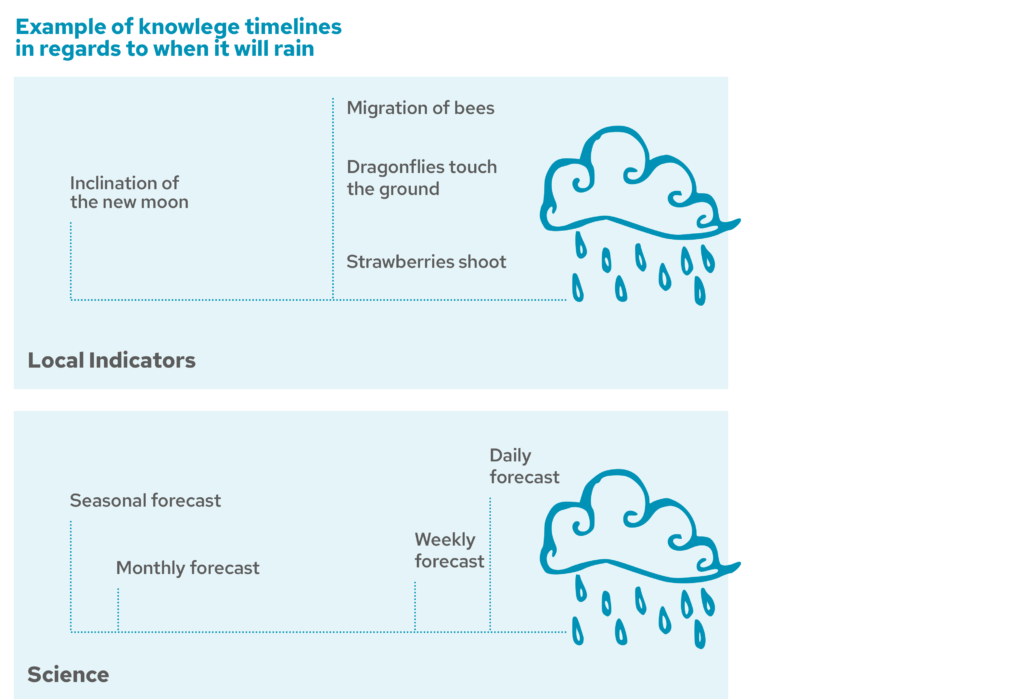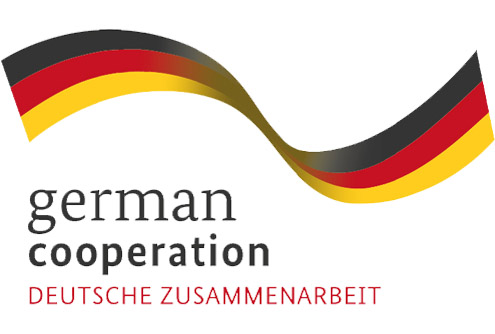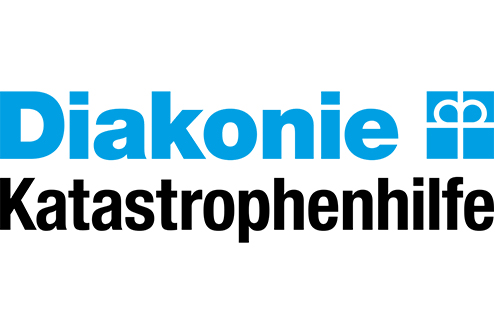Introduction
Principles
The starting point of the localising climate change projections process is capturing local knowledge to better understand the localised implications of various global and local climate factors. In order to be effective, any action to engage with communities most at risk from climate change should involve the following principles:
Put people at risk at the centre
Building trust, accountability and positive relationships with them. Civil society organisations have a role to facilitate an enabling environment that sees local actors and those most at risk taking the lead.
Prioritise local perspectives of risk
Local considerations of risk have to be taken into account to inform and hold to account local, national and international disaster risk management processes.
Build relationships with communities most at risk
Listening, connecting, consulting with and encouraging ideas/actions from community members as to what actions they want to lead, is essential.
Ensure inclusion
Identifying the most at-risk groups and ensuring their meaningful participation and contribution to any action.
Ensure collaboration with multiple stakeholders: identify local partners and institutions that can support the localising climate projections process – whether academic, private, government or other civil society groups.
Practical approaches
Practical ways to engage communities at the start of localising climate projection actions include:
- Identify key at-risk groups and local leaders
- Prepare and mobilising communities for the localising climate projections process
- Introduce global climate trends to them to facilitate learning around the need for climate projection, and the understanding of the facilitators of prioritised risk factors and local context from lived experience of those most at risk to
- local impacts of global climate trends
- Create a joint vision with them
- Continue to involve them as central decision makers in the process



